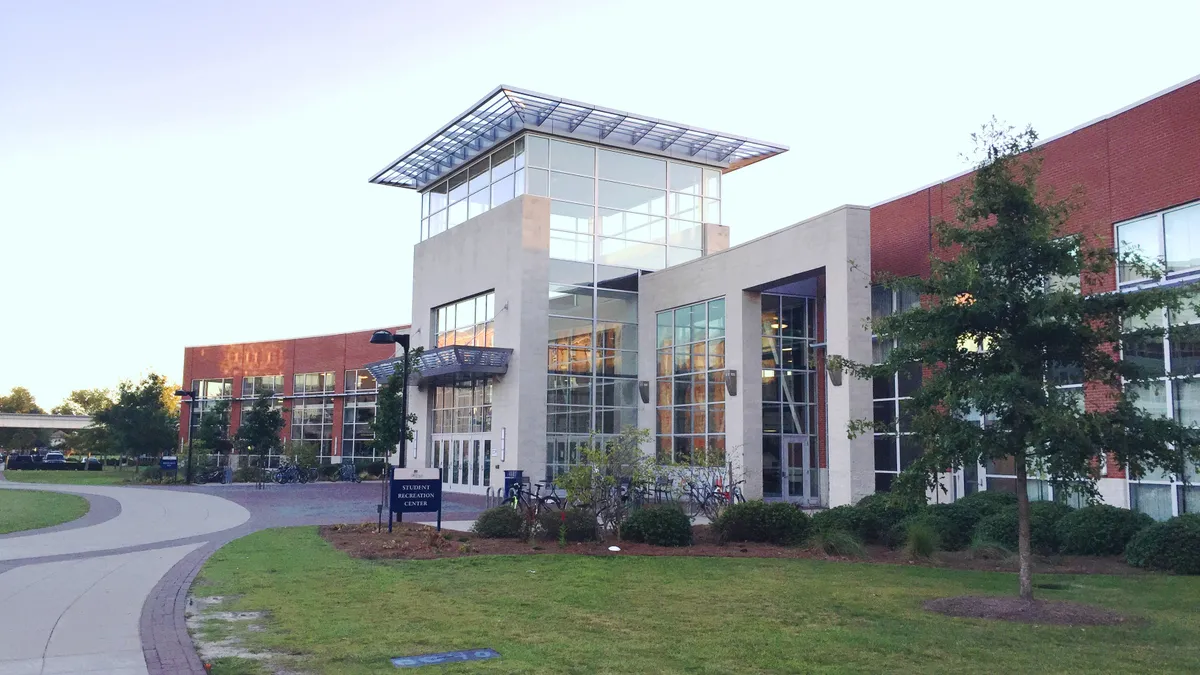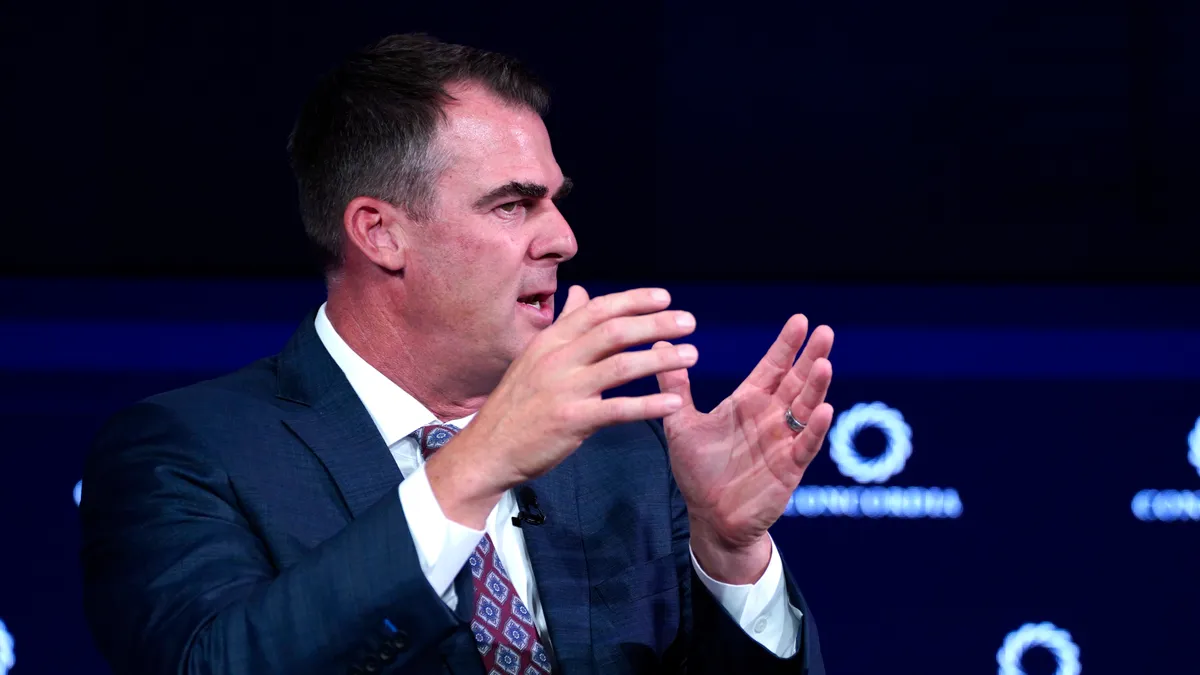Editor's note: John Broderick is president of Old Dominion University, in Norfolk, Virginia.
There is no doubt that access to higher education is one of the keys to unlocking barriers to upward social mobility, which is the opportunity for individuals to move from one socioeconomic class to another. As "the great equalizer," higher education is the engine behind economic growth and prosperity in today's knowledge society and, for the individual, the key to greater earning potential and financial security.
For this to occur, focus must be directed toward improving access to higher education for students for whom affordability is a greater challenge than their ability.
Earning a degree has become an unrealistic and unattainable objective for many due to a lack of finances or family tradition. However, many first-generation, low-income students break the mold and succeed mightily. Many of these students also earn degrees despite attending school part-time as they hold down jobs to support their families.
Their success triggers a financial ripple effect — social and economic mobility — that can be felt for generations. Its positive effect cascades and pervades neighborhoods and communities.
At Old Dominion University, we have embedded social mobility in the core of our mission and help equip other universities to do the same. Old Dominion recently sponsored its second Social Mobility Symposium, which included three days of talks and data exchanges with higher education leaders and policymakers from across the country.
Wil Del Pilar, vice president of higher education and policy and practice at The Education Trust, warned symposium guests that despite some schools' best efforts, gaps in opportunity and achievement are moving further in the wrong direction in some regions, especially for underrepresented students. His message was a call to action.
A recent analysis from The Education Trust provides alarming news on several fronts. In particular, it points out that African American and Latino adults are less likely to hold a degree today than white adults were nearly 30 years ago. That should give all Americans pause as we compete for future leadership in the world economy.
Old Dominion is committed to educating students from all backgrounds, and we have backed up that commitment with a range of successful programs in areas from academics to financial aid. Here are a few strategies for those institutions looking to bolster their social mobility efforts:
- Start an initiative that helps students overcome unexpected financial hurdles, which for many pose a greater challenge than academic demands. As little as $1,500 can keep a student from leaving college. In its first year, Old Dominion's Bridge the Gap program raised more than $6 million, helping more than 500 first-year students stay in school.
- Launch a network to help adult learners finish their degrees. The Online Virginia Network, which Old Dominion started with George Mason University in 2017, exceeded its enrollment goals by 178% in its first two years.
- Provide opportunities for more intimate, personalized guidance to students in need. Old Dominion's Mane Connect program provides select students with one-on-one success coaching. Freshmen who began in the fall of 2017 had a retention rate 19% higher than that of similar students who were not in the program and 6% higher than the overall freshman class.
- Employ low-income students while ensuring they stay on track to graduate in four years. Our Learn and Earn Advantage Program (LEAP) not only offers campus jobs to low-income students in their first year at Old Dominion, but it also provides them with the opportunity to take a class in employment skills and talk with alumni and other professionals. Last year, participants in the program experienced an impressive 98% retention rate.
- Encourage students to get involved in national initiatives like Brother 2 Brother, which focuses on men of color and provides mentoring, outreach and community engagement.
These efforts are yielding positive, tangible results. CollegeNET ranks Old Dominion in the top 20% of colleges nationwide in terms of social mobility. More than 8,350 of our students received Pell Grants in the 2017-18 academic year — higher than any other four-year college in Virginia. We are also ranked No. 14 on a list of colleges nationwide with the highest number of African American graduates, according to Diverse: Issues in Higher Education. And The Education Trust listed Old Dominion among the top 18 colleges in the country for African American student success.
Our outreach to other populations has also been recognized. About a quarter of our 24,200 students are affiliated with the military in some fashion, and the Military Times recently listed Old Dominion as the top four-year school in Virginia in its national ranking of the best colleges for veterans.
Perhaps encouraged by U.S. News & World Report's recent decision to include social mobility in its ranking calculation, policymakers and education leaders are starting to focus more on providing greater access and support for these students.
In partnership with state and federal lawmakers, we must continue the push to create more on-ramps for working adults, military veterans and those challenged by financial circumstances and lack of family tradition.
Our challenge — to ourselves and to other universities — is to collectively fulfill our obligation to make a college education attainable to all students, regardless of background, in order to uplift the individual. The result will be a continuous pipeline of graduates, an upward trend in social and economic mobility, and lasting positive change in our communities and around the world.
















